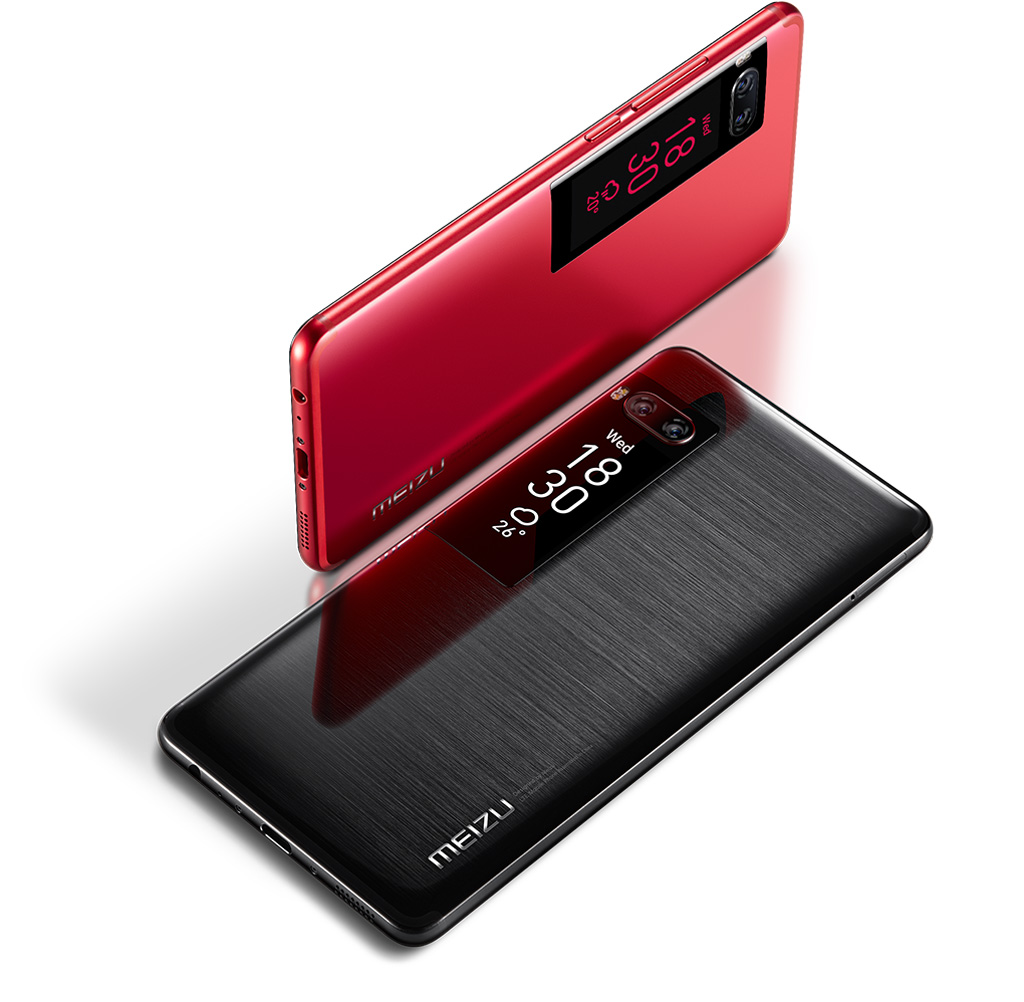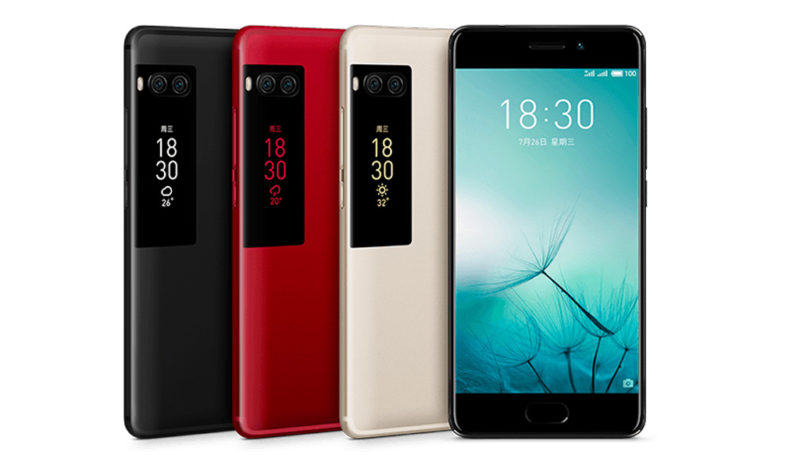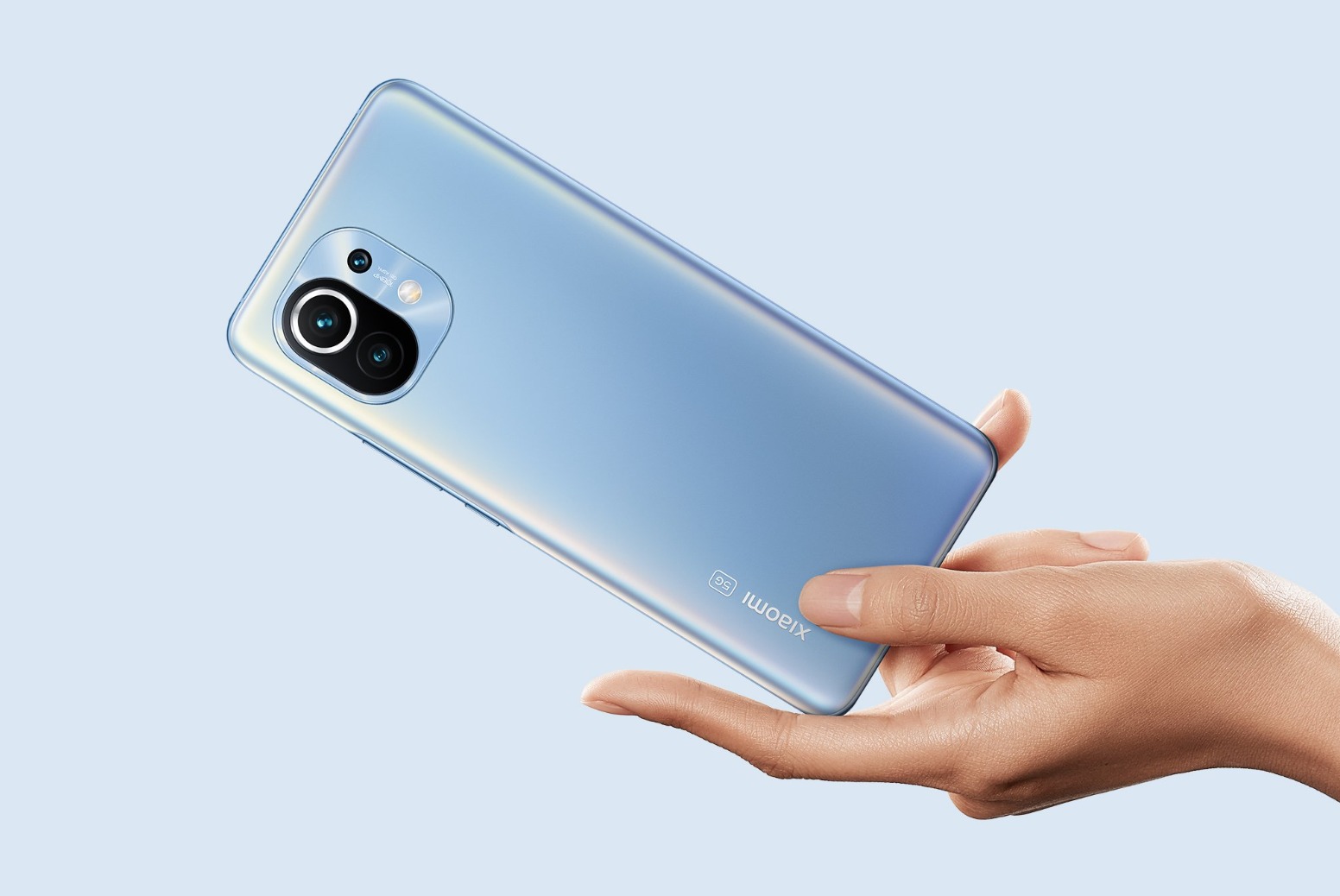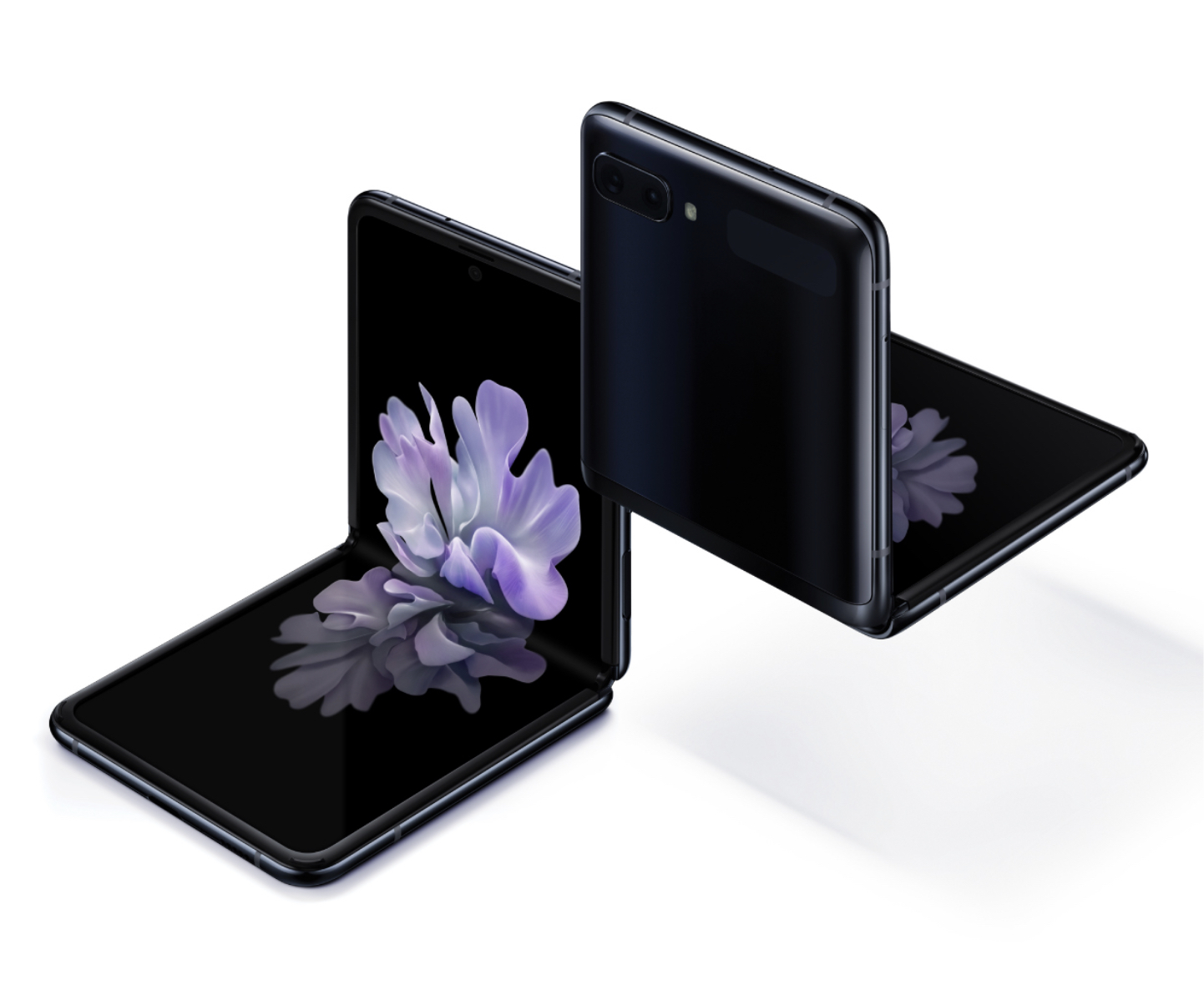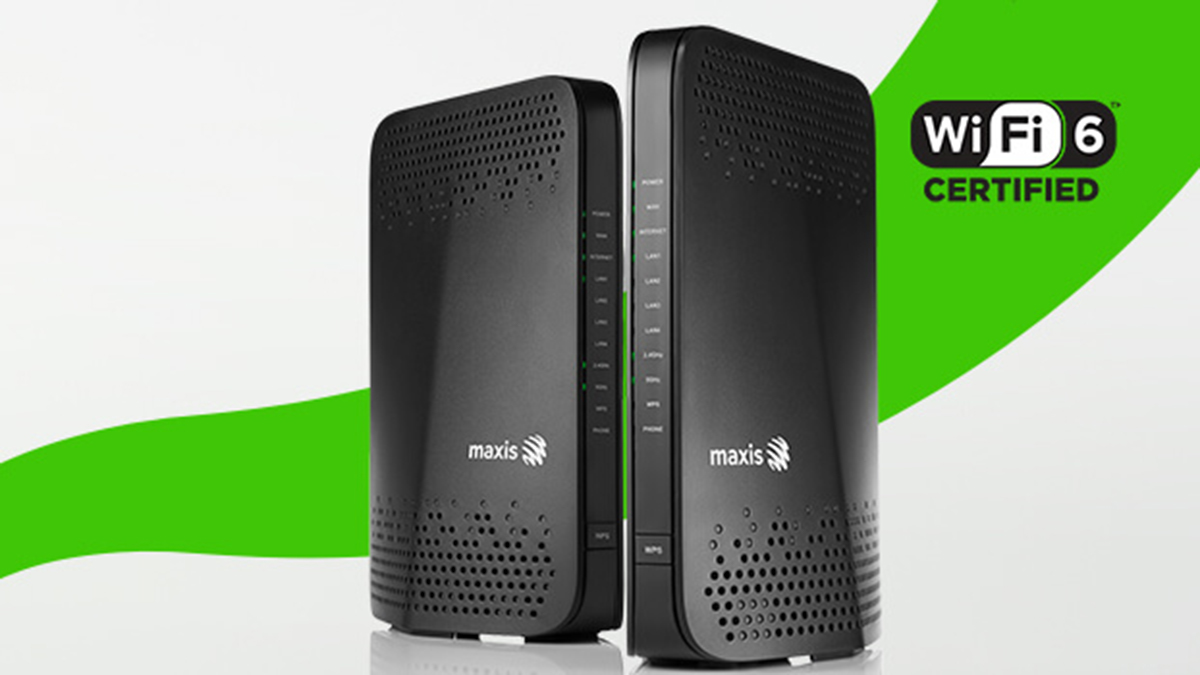We’re currently seeing an onslaught of dual-camera smartphones in the market, made popular by the Huawei P series. An undeniably fiercely competitive space, phone makers scramble to introduce new features as differentiation to the competition. So we’ve seen dual cameras, but how about dual screens? The new Meizu Pro 7 and Pro 7 Plus attempt to entice the Malaysian market with unique feature.
Sure, we’ve seen dual screen phones done before. You don’t have to look to far back: the original YotaPhone, and subsequent YotaPhone 2 were the world’s first dual-screen always-on smartphones. It’s an interesting execution to say the least. The front is your conventional LCD/AMOLED display, while the rear has a low-energy e-ink display.
Sorry for the segue.
Meizu’s new top-of-the-line devices pack some seriously spiced up specifications. The Pro 7 Plus boasts MediaTek’s updated 10-core tri-cluster chip—the Helio X30. It’s the world’s first smartphone to feature this chipset.
Based on the advanced 10nm manufacturing process, the new chip also has newer ARM cores, more power multi-core GPU and faster Cat.10 LTE radio.
The Pro 7 rocks a 5.2-inch 1080p Super AMOLED screen, while its bigger sibling gets a 5.7-inch Quad HD Super AMOLED that offers 430 nits of brightness.
What’s interesting is the secondary display on the back that Meizu calls fenetre display. I had to google what that means. Unlike the YotaPhone, the Pro 7’s fenetre display is a smaller rectangular AMOLED display located on the back.
It comes with a matching user interface that displays notifications, music controls and more. Coupled with the dual rear cameras, it can help you take high-res selfies.
The device features Meizu’s Omni Dimensional design, an all-metal body with brushed metal black finish.
Both devices pack impressive cameras. The dual-camera setup consists of two 12MP f/2.0 cameras based on the Sony IMX386 sensor with 1.25um pixels. The front gets a large 16MP f/2.0 unit.
Meizu claims the multi-fram noise reduction algorithms of the ISP enhances low-light performance.
Under the hood, the Pro 7 packs an octa-core Helio P25 processor, while Pro 7 Plus gets the more advanced and powerful 10nm Helio X30.
The Pro 7 series features 4GB of LPDDR4X RAM and 64GB of eMMC5.1/UFS2.1 storage.
While they measure the same thickness of 7.3mm, the Pro 7 Plus has a larger 3,500mAh compared to the Pro 7 (3,000mAh).
Both support Meizu’s new mCharge 4.0 fast-charging technology that uses a high-power 5V/5A charger. A depleted Pro 7 Plus can be charged up to 67% in just 30 minutes via its USB Type-C port.
As a former MP3 player manufacturer, Meizu hasn’t lost its audio roots. The Pro 7 series packs a dedicated audio DAC—Cirrus Logic CS43130 that ensure high dynamic and low distortion audio. There’s support for high-resolution, lossless audio formats like FLAC and APE, which should please audiophiles out there.
And by the way, the devices still retain a 3.5mm headphone jack just in case you’re wondering.
The Pro 7 series runs Flyme 6 OS that’s based on Android Nougat.
Pricing and availability
With top end specs, comes competitive pricing: the Meizu Pro 7 comes in at MYR1,899, while the Pro 7 tops MYR2,799.
The Pro 7 (4GB RAM + 64GB storage) comes in Red, Gold and Black. The bigger Pro 7 Plus is available only in Black, and features 6GB of RAM and a whopping 128GB of storage.
You can pre-order both devices starting today, 15 September to 20 September at Lazada, 11street and Shopee.


